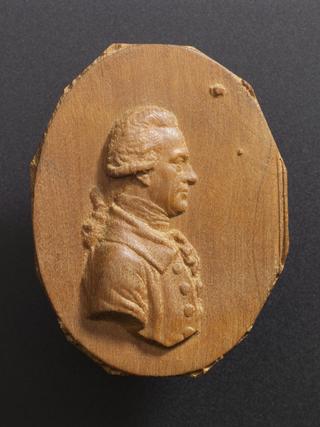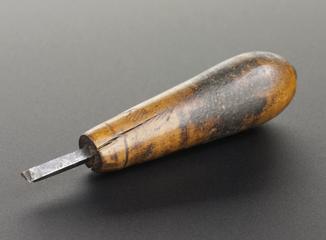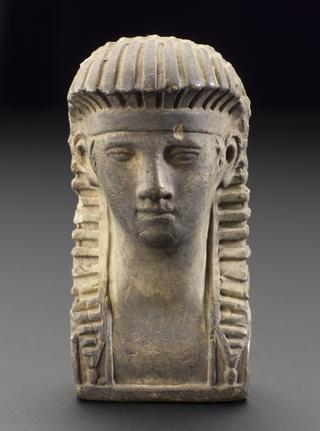
Three-part plaster split mould used for the production of plaster cast urn
- Made:
- 1790-1819 in Birmingham








Three-part plaster split mould used for the production of a plaster cast urn, Birmingham, England, 1790-1819
This item is part of the contents of the workshop that Scottish engineer James Watt developed at his home, Heathfield, at Handsworth, Birmingham. Although Watt is best known for his work on the steam engine, his workshop contains a wide variety of objects from many different projects, from chemistry to sculpture-copying.
The original description of the item was written by Edward Collins, the land agent responsible for Heathfield when the workshop was given to the Science Museum in 1924. Collins could not always identify what he was looking at, but always described what he saw clearly. This has allowed his descriptions to form the basis of subsequent research.
The three-part mould may have been purchased by Watt from the formatori and mould-maker John Pierotti, who supplied Watt with a considerable number of such moulds, and whose catalogue of products survives in the workshop too. The mould was used to make a complete cast of an urn, which survived seperately as inv. 1926-1075/305 - the two items, for a long time seperated, were married together again in 2011 when the workshop was redisplayed.
Details
- Category:
- James Watt's Garret Workshop
- Object Number:
- 1924-792/1762/2
- Materials:
- plaster
- Measurements:
-
overall: 160 mm x 90 mm,
- type:
- mould
- credit:
- Major J.M. Gibson-Watt




